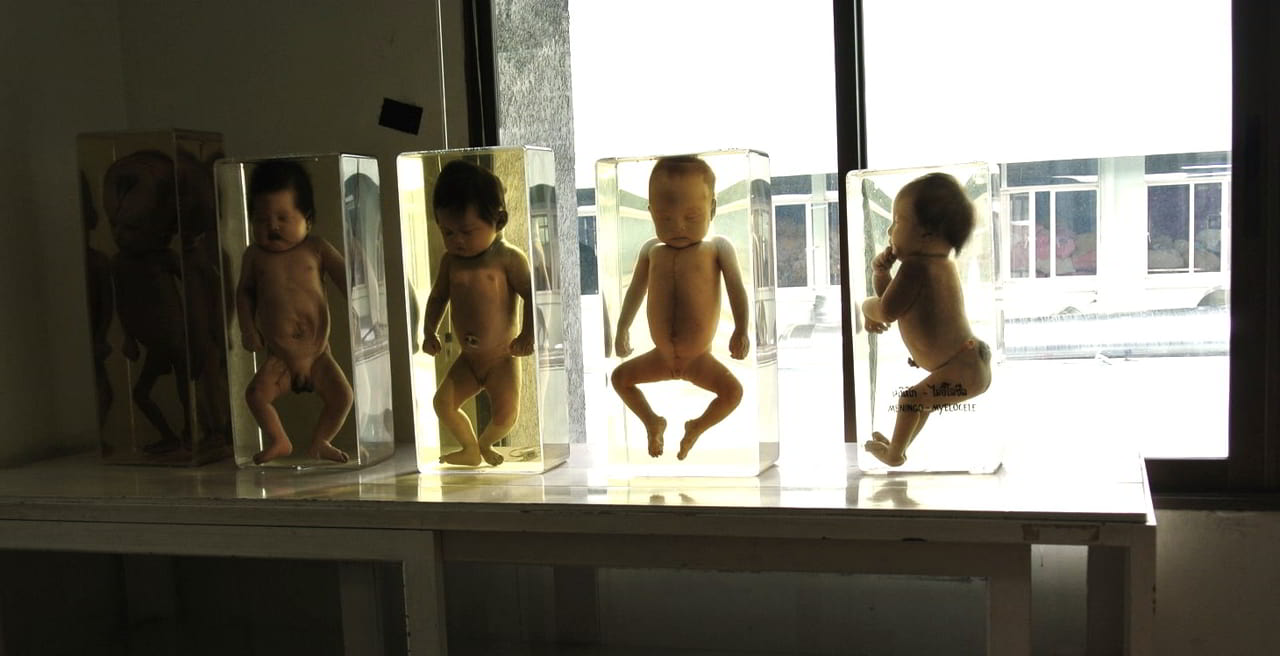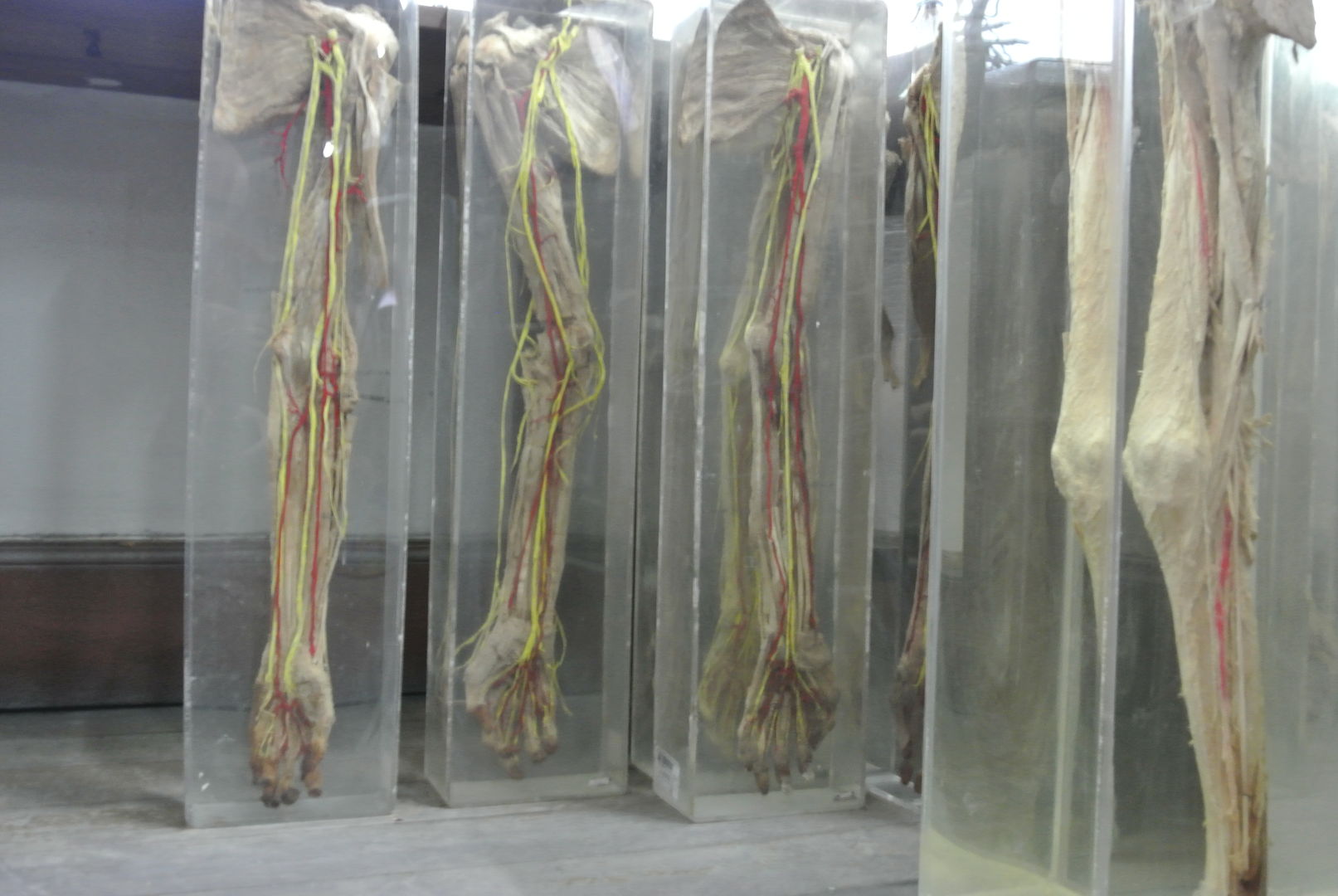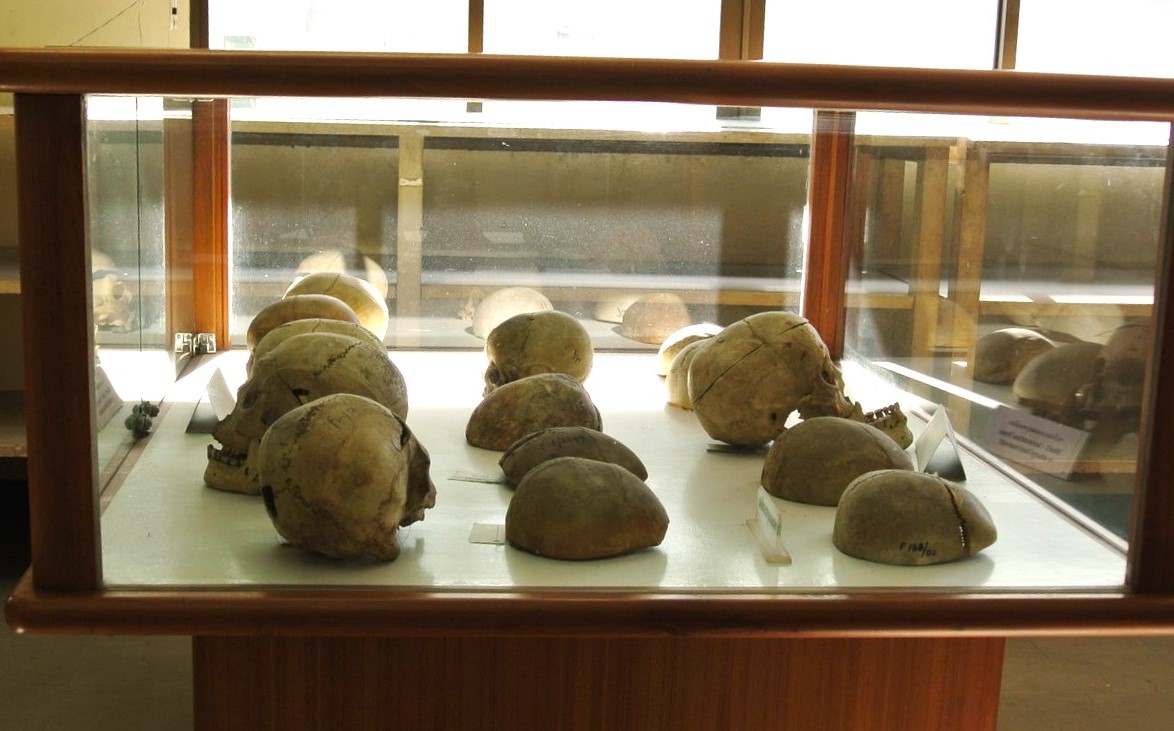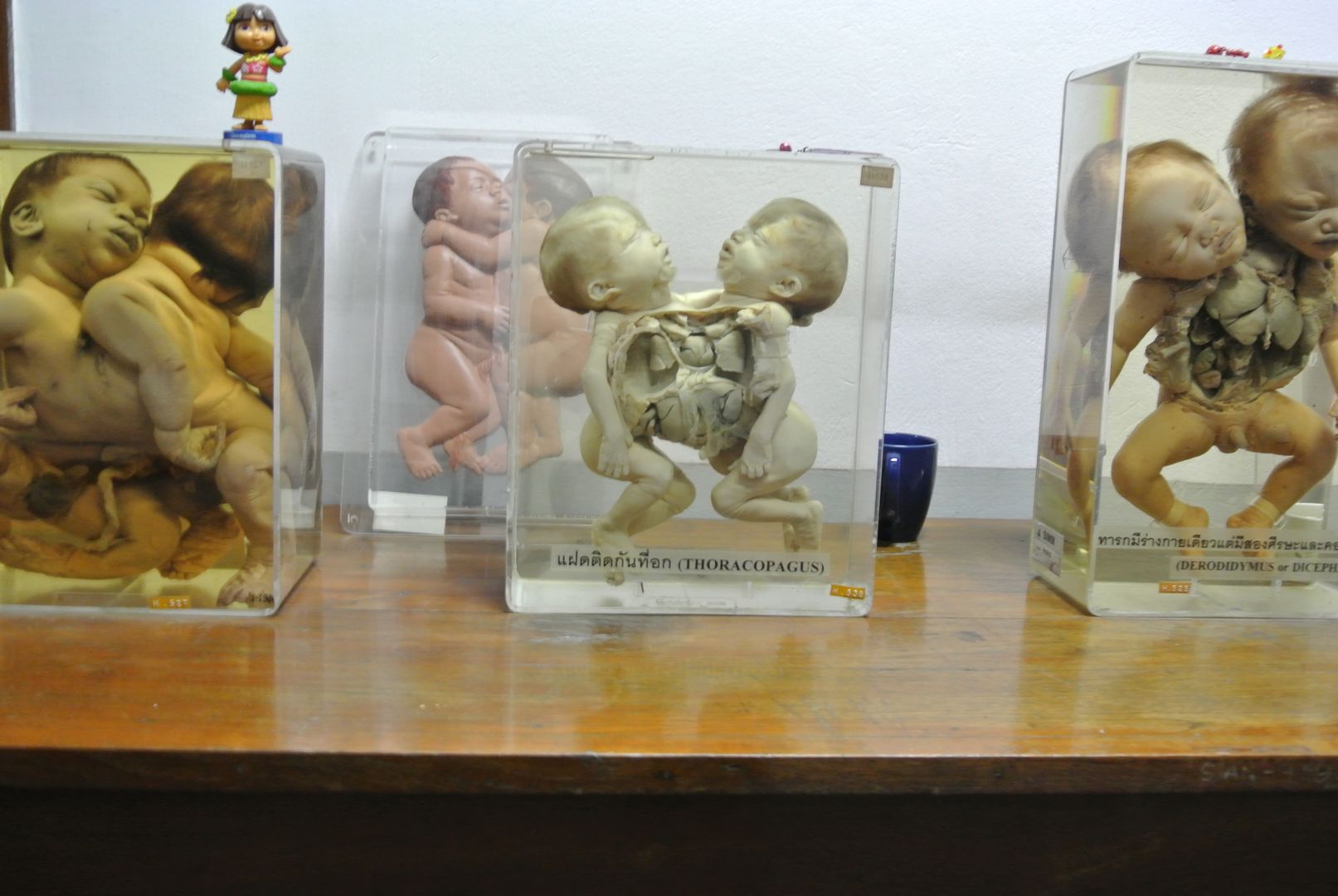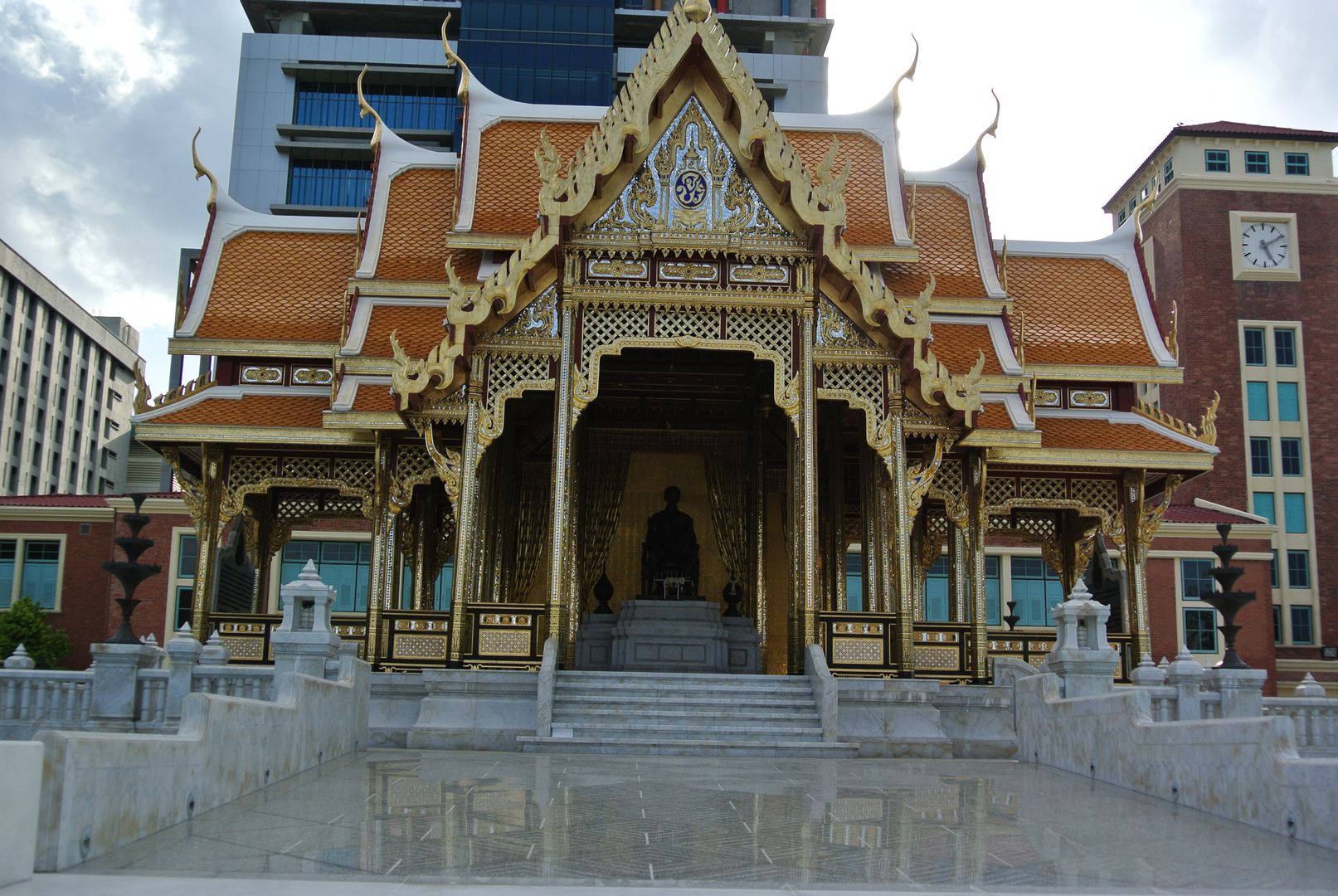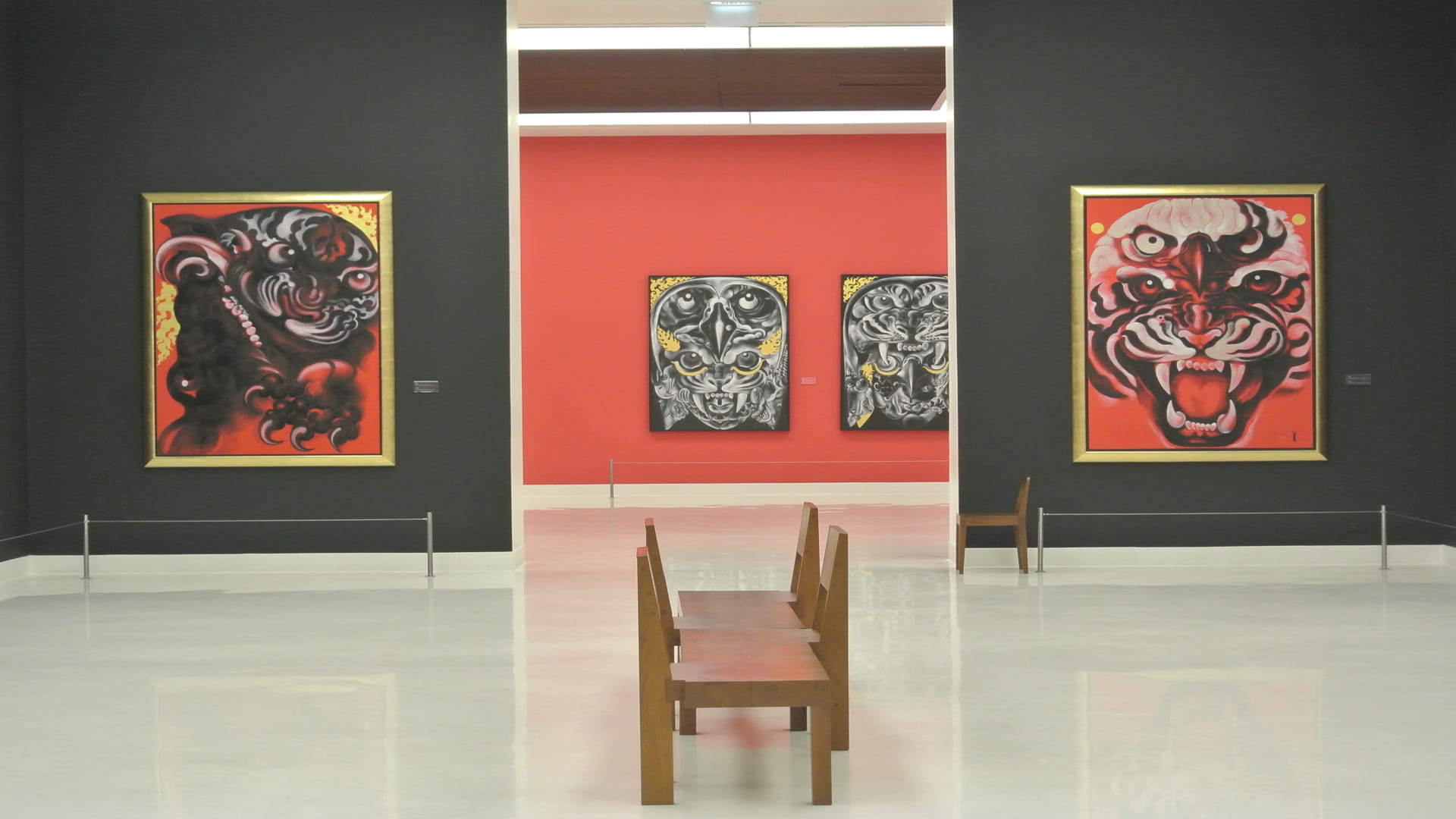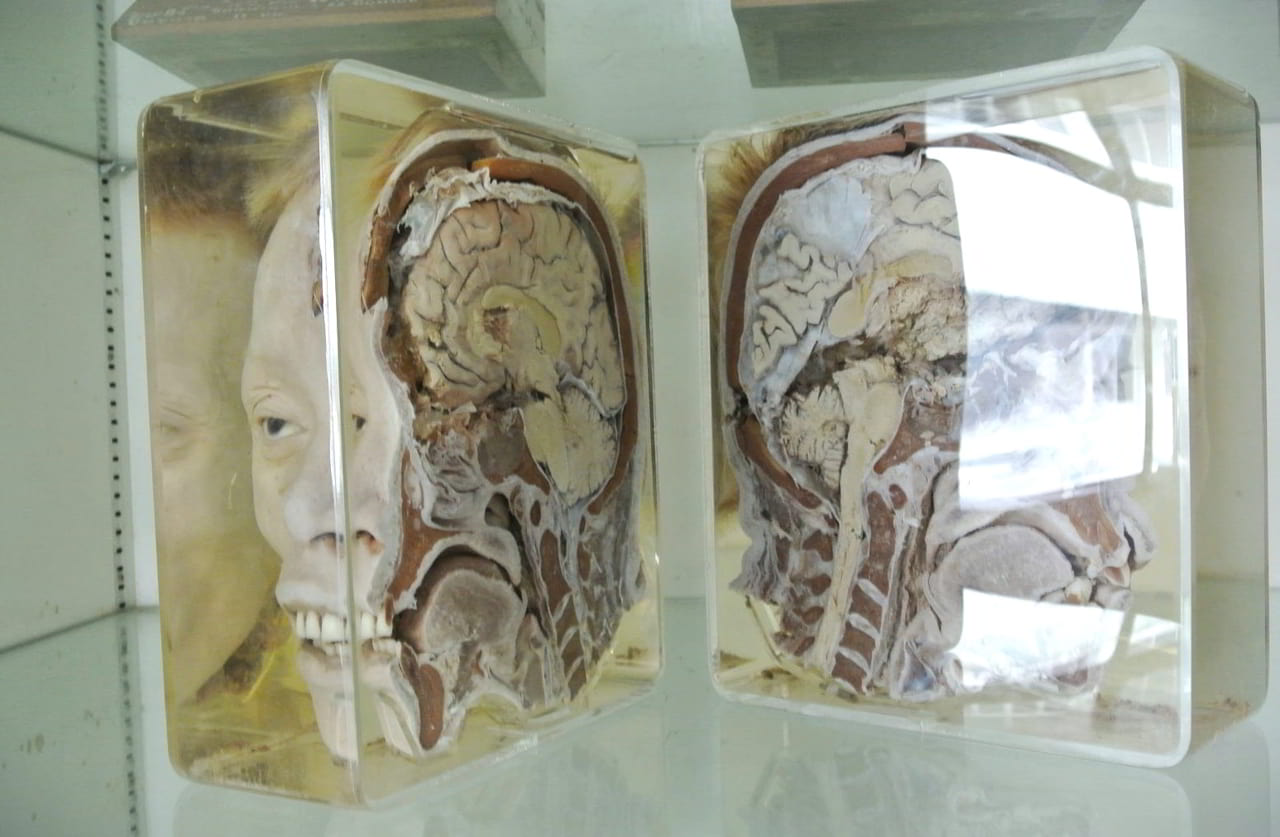
Discover the Siriraj Museum: A Journey Through Medical Curiosities
Explore the fascinating and unusual Siriraj Museum, also known as the Museum of Medical Curiosities. This unique museum in Bangkok takes you through the history of medicine, parasitology, and anatomy in Thailand, all within the walls of a historic hospital.
Overview of the Siriraj Museum
The Siriraj Museum is a collection of curiosities, so exercise caution if visiting with children. Some sections, or even entire buildings, are not suitable for young visitors or sensitive individuals due to graphic displays that can be quite unsettling.
Seven Unique Museums in One
The Siriraj Museum comprises seven distinct museums. The main building, located next to the pier and facing the Chao Phraya River, is the Siriraj Bimuksthan Museum. Originally a train station in the early 20th century, part of it was destroyed during World War II bombings.
The museum features around twenty rooms. The first section focuses on the royal district of Thonburi and the construction of the railway, presented via a 3D film. The second section offers an in-depth look at the human body (“the miracle of the human body”), showcasing medical tools and instruments used since the 20th century for care, analysis, and surgery, including a simulated operation.
A room dedicated to traditional medicine displays a pharmacy filled with herbs, mushrooms, roots, and bones used in Chinese medicine.
The third part, housed in an annex building, features an ancient 23-meter-long boat discovered during excavations. While interesting, its connection to the Museum of Medicine is unclear. This part of the visit is time-consuming, so plan accordingly.
Siriraj Medical Museum
Located 200 meters from the first museum, the Siriraj Medical Museum is found within the Adulyadejvikrom Building, a functioning hospital. Despite the blend of genres, the second floor houses this intriguing museum, which has a distinct 1980s feel.
The Museum’s Three Sections:
Ellis Pathological Museum: Displays surgical instruments, heart slices, test tubes, petri dishes, and a few preserved bodies (real or not?). Explanations are primarily in Thai.
Songkran Niyomsna Forensic Medicine Museum: This section is more intense and not recommended for young children or adolescents. It features graphic scenes of body parts in formalin jars, including embryos, fetuses, deformed children, and more. The displays of trauma, such as skulls impacted by bullets or burns, are especially raw and clinical.
Some photos are extremely graphic, showing the effects of vehicle crush injuries, burns, and explosions.
Parasitology Museum: Illustrates the transmission of diseases like dengue and malaria.
Congdon Anatomical Museum
The Congdon Anatomical Museum, dating back to the 1950s, offers a stark, technical display. Wooden floors, numerous fans, neon lights, and faded paint create a unique atmosphere. Here, formalin-preserved bodies and organ slices are presented without embellishment. The focus is on observing human biology in a clinical, dehumanized setting.
Ethical Considerations During Your Visit
Visiting the Siriraj Museum raises questions about the line between science, curiosity, and voyeurism. The ethical implications of displaying human remains are unavoidable. You will see preserved bodies and dissected organs, challenging your views on the subject.
Near the end of your tour, you’ll encounter jars containing children’s bodies, some with toys and sweets left by visitors. This section also features upright skeletons displayed with photos of the deceased in their uniforms, adding a personal, human touch to the clinical exhibits.
Afterward, you can visit the Prehistoric Museum & Laboratory, which briefly covers human evolution from Australopithecus to Homo sapiens.
Practical Information for Visiting the Siriraj Medical Museum:
- Address: 2 Wanglang Road, Bangkok Noi, Bangkok 10 700 - Map here
- Tel: +66 24192601-2
- Opening Hours: Daily except Tuesday, from 10:00 AM to 4:30 PM - ticket sales stop at 4:00 PM.
- Entrance Fee: All museums: 300 baht, 50 baht for children. Single museum: 200 baht, 25 baht for children.
- Museum Pass: Accepted
- Free Admission: For children under 120 cm
- Official Website: here



